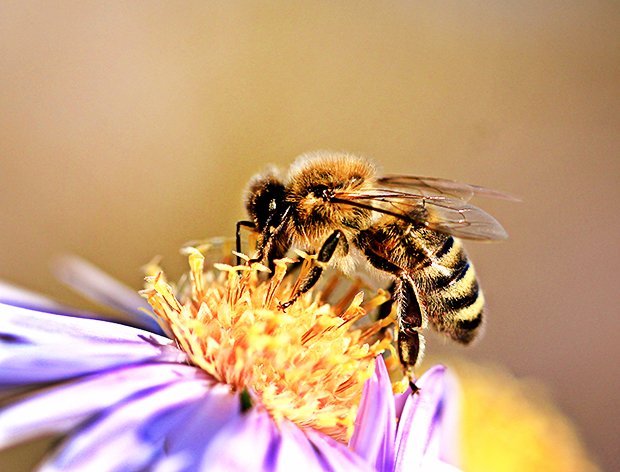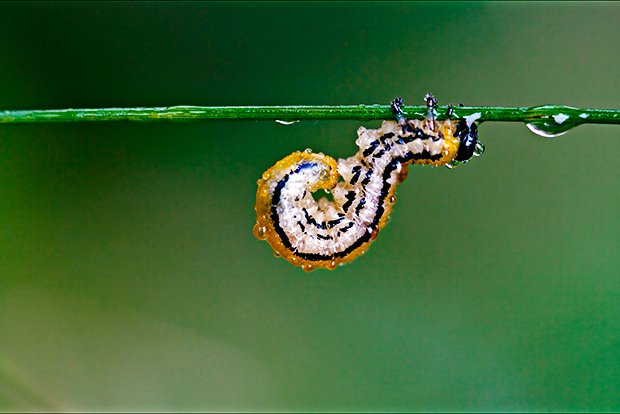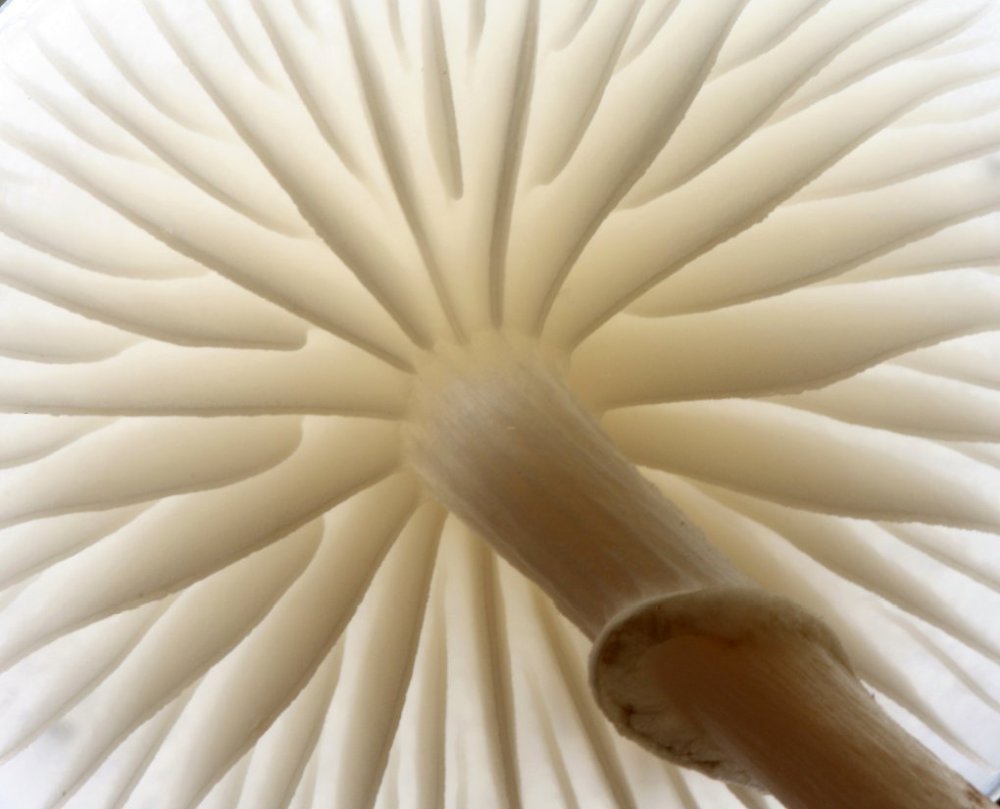Shoot Fascinating Macro Photos - 9 ifolor Photo Hacks
In macro photography, smaller objects or details are photographed as a close-up image. Things like insects and plants, for instance, are highlighted in detail while the background usually appears blurry. We’ll show you how you can take brilliant macro photos and what you should pay attention to. Discover nine photo hacks on how to take exceptional macro photos. These photo hacks are also depicted in our video.
1. The Image Scale Is Important
Standard lenses usually reproduce motifs at a 1:10 factor. For DSLRs there are special macro lenses available that will transfer the image to the sensor 1:1 and will create the typical magnifying effect or, alternatively, close-up filters you can screw onto your lens. It’s also possible to take close-up photos using a telephoto lens. Anything on a scale of about 2:1 is considered micro photography since here the object is depicted much larger on the sensor than it actually is.

2. Utilise a Telephoto Lens to Photograph Insects
A telephoto lens with a focal length of at least 100 millimetres will enable you to take sharp close-up photographs from a certain distance. These kinds of lenses especially come into play when photographing insects since they are more apt to flee if you get too close. Thus, if you get too close to animals/insects, they might take flight faster than you can press the shutter release.
3. Select Macro Mode When Using a Compact Camera
You might not be able to switch lenses when using a compact camera, but they usually at least come equipped with a macro function that will enable you to take macro photos of quite decent quality. You can activate macro mode in your camera’s menu, which is usually labelled with a flower.

4. Shooting Quality Macro Photos with a Smartphone
Currently, even smartphones come equipped with better cameras and a variety of camera functions. As with compact cameras, it’s often possible to activate macro mode in the camera’s menu. In order to set and hold the image’s focus you can use the AE/AF lock, which is very useful when taking macro photos with a smartphone. When taking pictures with an iPhone, the AE/AF lock will automatically be activated when you touch the display on your desired focus point until the displayed box flashes. There are also special attachable lenses available for smartphones that you can use to end up with the desired magnified effect for your close-up photos.
5. Experiment with Magnifiers and Lenses
You could use a reading lens or a lens from a disused CD/DVD player as an alternative to relatively expensive special lenses for cameras or smartphones. You could, for instance, hold a reading lens in front of your camera lens to create your own macro effect in the photo. You can also create your own macro lens for your smartphone out of a relatively small lens. Affixed with a hairclip and a bit of tape, you’ll be able to take brilliant detailed and close-up photos.
6. Stabilise Your Camera
When taking close-up photos, you can quickly end up with blurry and unfocussed photos due to the magnification. If the situation permits, it’s best to use a tripod or set your camera on a stable surface to end up with sharp photos, such as when you’d like to take a detailed photograph of an object or plant. If, on the other hand, you’d like to photograph a moving object such as an insect and you don’t have much time to take the photo, you can avoid blurriness by stabilising your hands. You could, for instance, support your hand against a rock or tree, or try to photograph while holding your arms as close to your body as possible.

7. Correctly Set the Focus
The magnifying effect in macro photography is created by magnifying and focussing on an object or a certain detail. Basically, the stronger the magnification is, the smaller the depth of field will be. When taking close-ups of insects and other small animals, you should always focus in on the eyes in order to ensure the sharp portion of the image doesn’t end up being the background of the motif and the insect/animal is only partially in focus. You can, however, experiment with the depth of field to a certain extent by varying the aperture settings. The smaller the f-number is (a wide-open aperture), the more blurred the background will appear and the object upon which you focused on will be more emphasised. Simply experiment with the focus while photographing plants and other objects to end up with the desired effect.
8. Shoot Macro Photos with Motion Blur
Insects and small animals are popular motifs for macro photography. Often, however, you sight them just as they’re flying or scampering away. Using as short an exposure time as possible will be ensure the animal is sharply depicted even while moving and will make the surroundings appear slightly blurred. This will leave you with interesting image effects. You should avoid using a flash when photographing insects and other animals since this will drive them off or could even injure them.

9. Change Your Perspective
Keep an eye out for interesting details in your environment that you can capture as exciting macro motifs. For expressive image effects, you should try out various perspectives when shooting your macro photos. You could, for example, shoot photos of an insect from a worm’s-eye view or photograph a raindrop on a flower blossom. Discover new worlds and capture them in fascinating macro photos.
